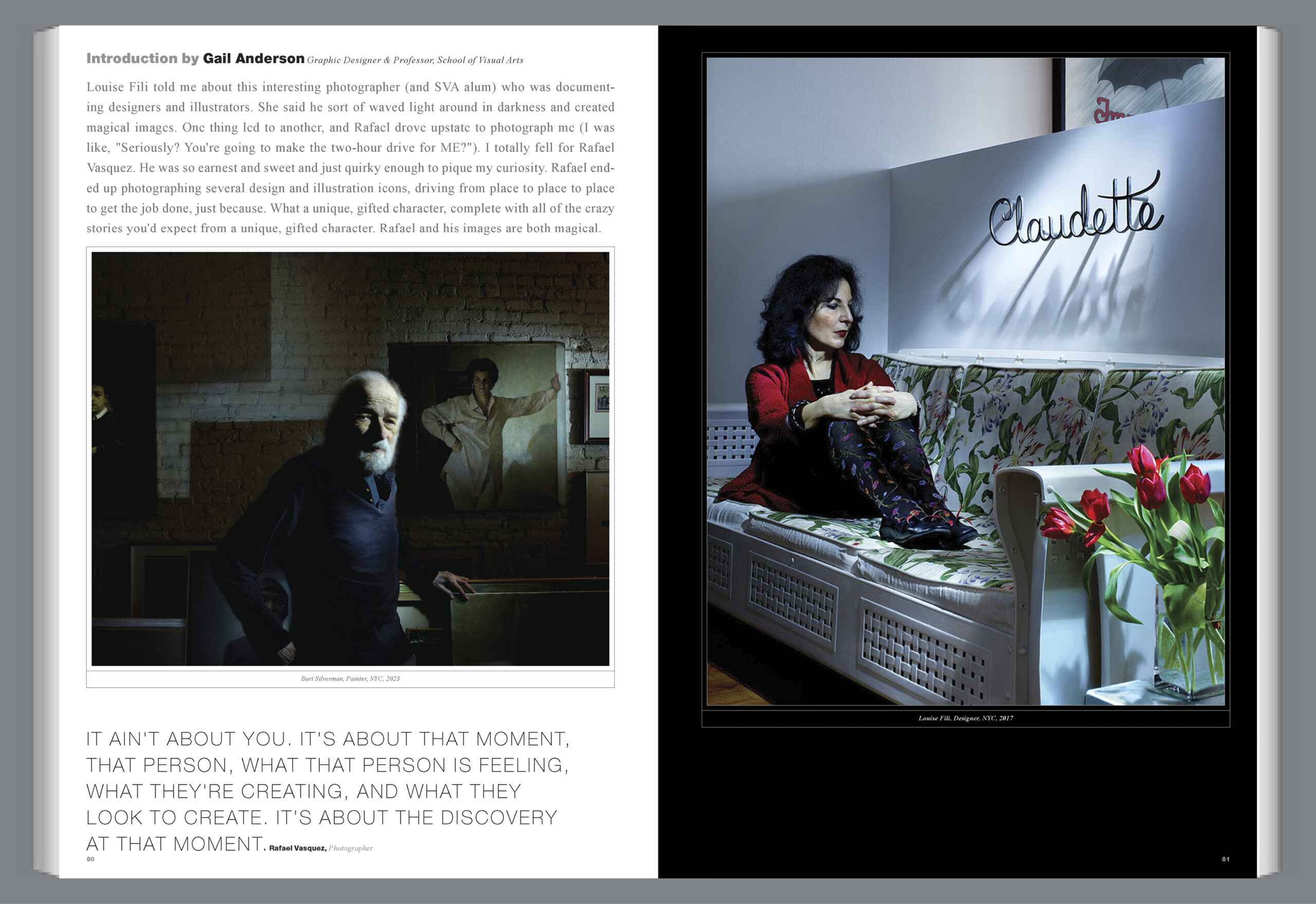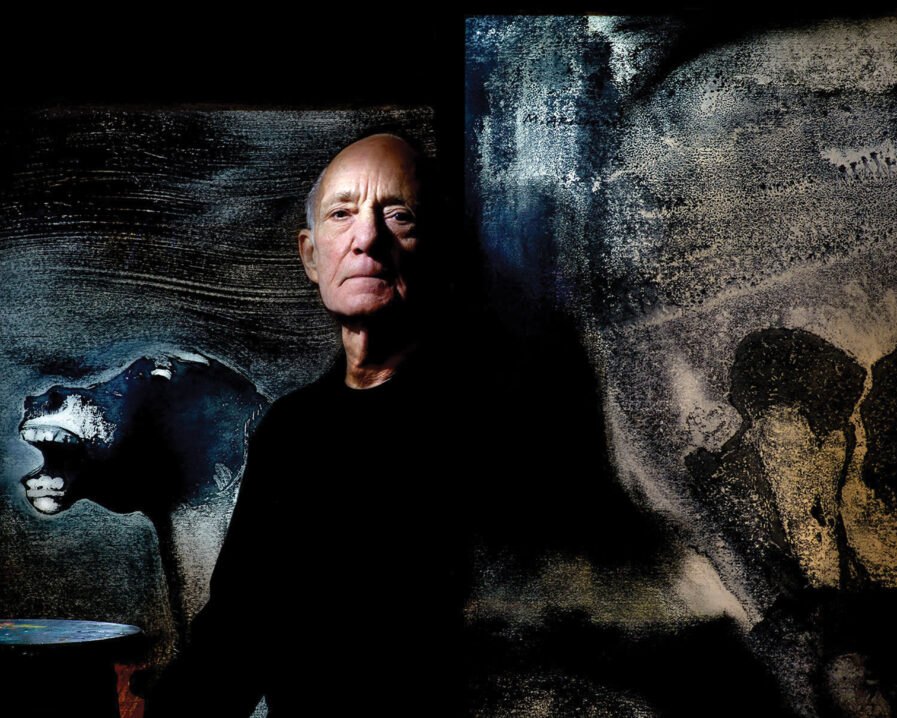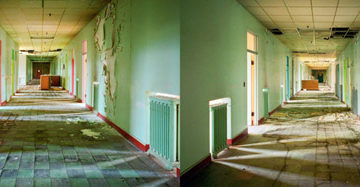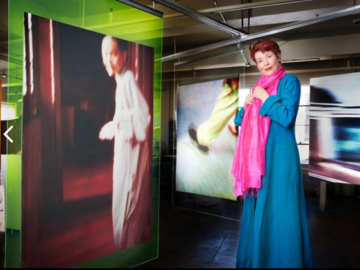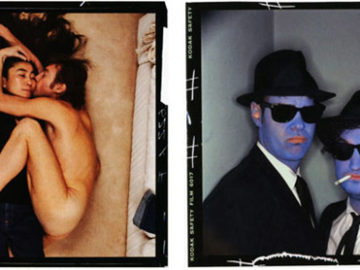Introduction by Gail Anderson Graphic Designer & Professor, School of Visual Arts
Louise Fili told me about this interesting photographer (and SVA alum) who was documenting designers and illustrators. She said he sort of waved light around in darkness and created magical images. One thing led to another, and Rafael drove upstate to photograph me (I was like, “Seriously? You’re going to make the two-hour drive for ME?”). I totally fell for Rafael Vasquez. He was so earnest and sweet and just quirky enough to pique my curiosity. Rafael ended up photographing several design and illustration icons, driving from place to place to place to get the job done, just because. What a unique, gifted character, complete with all of the crazy stories you’d expect from a unique, gifted character. Rafael and his images are both magical.
